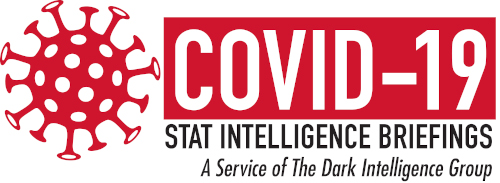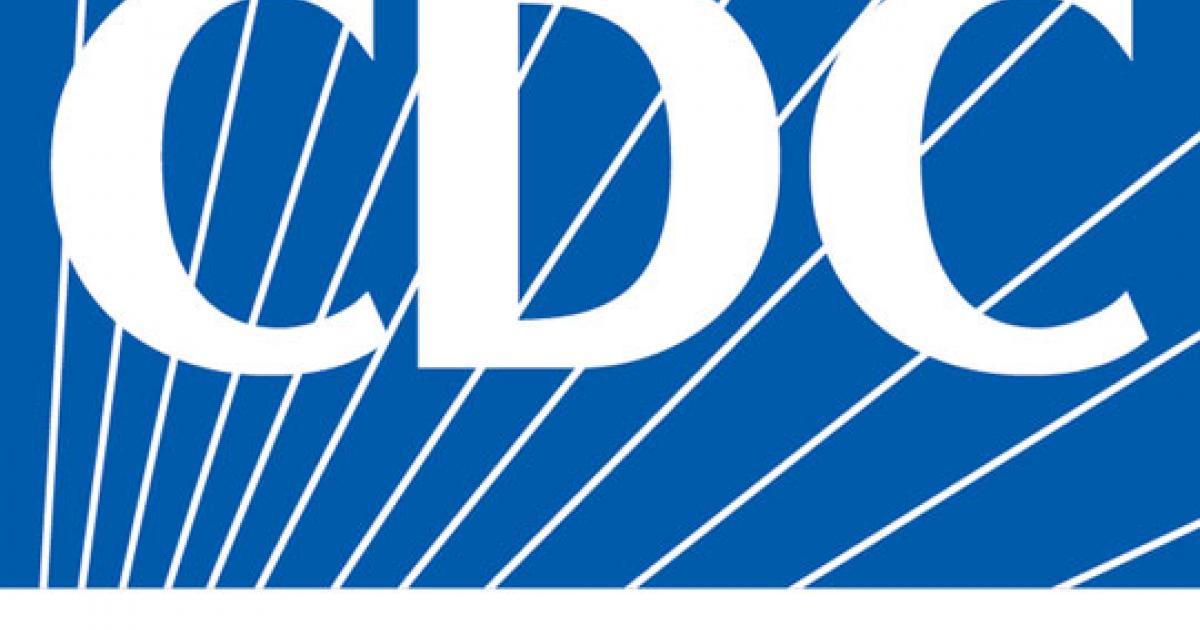Medical laboratories are already using gene sequencing as part of a global effort to identify new variants of the coronavirus and their genetic ancestors
Thanks to advances in genetic sequencing technology that enable medical laboratories to sequence organisms faster, more accurately, and at lower cost than ever before, clinical pathology laboratories worldwide are using that capability to analyze the SARS-CoV-2 virus and identify variants as they emerge in different parts of the world.
Dark Daily E-Briefings service reports that the US Centers for Disease Control and Prevention (CDC) now plans to harness the power of gene sequencing through a new consortium called SPHERES (SARS-CoV-2 Sequencing for Public Health Emergency Response, Epidemiology, and Surveillance) to “coordinate SARS-CoV-2 sequencing across the United States,” states a CDC news release. The consortium is led by the CDC’s Advanced Molecular Detection (AMD) program and “aims to generate information about the virus that will strengthen COVID-19 mitigation strategies.”
The consortium is comprised of 11 federal agencies, 20 academic institutions, state public health laboratories in 21 states, nine non-profit research organizations, and 14 lab and IVD companies, including the following:
- Abbott Diagnostics
- bioMérieux
- Color Genomics
- Ginkgo Bioworks
- IDbyDNA
- Illumina
- In-Q-Tel
- LabCorp
- One Codex
- Oxford Nanopore Technologies
- Pacific Biosciences
- Qiagen
- Quest Diagnostics
- Verily Life Sciences
Gene sequencing and related technologies have “fundamentally changed how public health responds in terms of surveillance and outbreak response,” said Duncan MacCannell, PhD, Chief Science Officer for the CDC’s Office of Advanced Molecular Detection (OAMD), in an April 30 New York Times (NYT) article, which stated that the CDC SPHERES program “will help trace patterns of transmission, investigate outbreaks, and map how the virus is evolving, which can affect a cure.”
The CDC says that rapid DNA sequencing of SARS-CoV-2 will help monitor significant changes in the virus, support contact tracing efforts, provide information for developers of diagnostics and therapies, and “advance public health research in the areas of transmission dynamics, host response, and evolution of the virus.”
The sequencing laboratories in the consortium have agreed to “release their information into the public domain quickly and in a standard way,” the NYT reported, adding that the project includes standards for what types of information medical laboratories should submit, including, “where and when a sample was taken,” and other critical details.
 Even in its early phase, the CDC’s SPHERES project has “made a tangible impact in the number of sequences we’re able to deposit and make publicly available on a daily basis,” said Pavitra Roychoudhury, PhD (Left), Acting Instructor and Senior Fellow at the University of Washington, and Research Associate at Fred Hutchinson Cancer Research Center, in an e-mail to the NYT. “What we’re essentially doing is reading these small fragments of viral material and trying to jigsaw puzzle the genome together,” said Roychoudhury in an April 28 New York Times article which covered in detail how experts are tracking the coronavirus since it arrived in the US.
Even in its early phase, the CDC’s SPHERES project has “made a tangible impact in the number of sequences we’re able to deposit and make publicly available on a daily basis,” said Pavitra Roychoudhury, PhD (Left), Acting Instructor and Senior Fellow at the University of Washington, and Research Associate at Fred Hutchinson Cancer Research Center, in an e-mail to the NYT. “What we’re essentially doing is reading these small fragments of viral material and trying to jigsaw puzzle the genome together,” said Roychoudhury in an April 28 New York Times article which covered in detail how experts are tracking the coronavirus since it arrived in the US.
The CDC announced the SPHERES initiative on April 30, although it launched in early April, the NYT reported.
According to the CDC, SPHERES’ objectives include:
- To bring together a network of sequencing laboratories, bioinformaticscapacity and subject matter expertise under the umbrella of a massive and coordinated public health sequencing effort.
- To identify and prioritize capabilities and resource needs across the network and to align sources of federal, non-governmental, and private sector funding and support with areas of greatest impact and need.
- To improve coordination of genomic sequencing between institutions and jurisdictions and to enable more resilience across the network.
- To champion concepts of openness, standards-based analysis, and rapid data sharing throughout the United States and worldwide during the COVID-19 pandemic response.
- To accelerate data generation and sharing, including the rapid release of high-quality viral sequence data from clinical and public health laboratories into both the National Center for Biotechnology Information(NCBI) and Global Initiative on Sharing All Influenza Data (GISAID) repositories in near-real time.
- To provide a common forum for US public, private, and academic institutions to share protocols, methods, bioinformatics tools, standards, and best practices.
- To establish consistent data and metadata standards, including streamlined repository submission processes, sample prioritization criteria, and a framework for shared, privacy-compliant unique case identifiers.
- To align with other national sequencing and bioinformatics networks, and to support global efforts to advance the use of standards and open data in public health.
—By Stephen Beale






